Thanks to the fossil record, we know of thousands of species that were long gone before humans arrived on the scene. A different case, however, is that of species that once coexisted with us on this planet and that have gone extinct, in many cases because of us, without our knowing about them. Most of them will probably remain forever unknown; they are the anonymous or dark extinctions. But some creatures are discovered when it is already too late. Here we look at some of these unfortunate species, scientifically described as both new and already extinct, which serve to remind us that the biodiversity we tinker with is fragile and has no replacement parts.
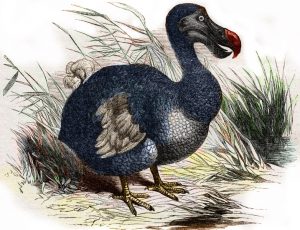
Dodo (Raphus cucullatus)
Having become one of the most popular extinct species, a symbol of human-caused extinction and a fictional character, one might think that the dodo was a well-known species. But this is not the case. Endemic to Mauritius and discovered by Dutch sailors in 1598, hunting, invasive predators and habitat destruction led to its extinction by 1662. Although live dodos were transported to Europe and Asia, and specimens were dissected, by the end of the 18th century all that remained were a few bones, a dried head and a foot. Although more remains have been recovered from a bog in Mauritius, the ecology of the dodo is a mystery, as there are no studies or scientific descriptions of the living bird. We are not even sure what it actually looked like: most drawings were based on earlier depictions or stuffed specimens, and only a few were made from the actual creature.
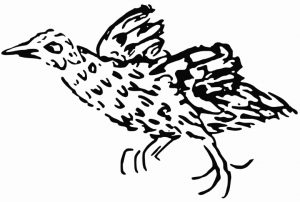
Ascension crake (Mundia elpenor)
Like the dodo, the Ascension Crake of Ascension Island in the South Atlantic was also a flightless bird that became extinct as a result of human encroachment, although the exact date of its disappearance is not known. It is thought to have lived until the 18th or early 19th century, but it was not officially declared extinct until 1994. All we have of its possible appearance is a very rudimentary sketch drawn in 1656 by the traveller and merchant Peter Mundy, from whose description the bird first came to light. Since then, numerous remains have been found on the island, allowing us to classify it and describe its anatomy.
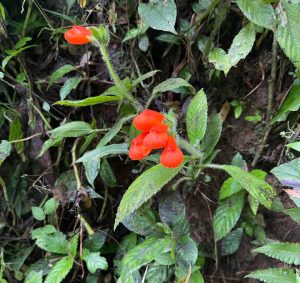
Gasteranthus extinctus
In the 1990s, the biologist E.O. Wilson coined the term “centinelan extinctions” to refer to those species that disappear without our knowledge due to the destruction of their small habitat. The name refers to Centinela, a mountainous coastal region of Ecuador whose rainforest was once home to enormous plant biodiversity, but which was razed to make way for farms. One of the species thought to have been wiped out was an orange-flowered plant that had been sampled earlier and given the scientific name G. extinctus in 2000, as it had not been seen since 1985. But surprisingly, it reappeared: in 2019 and 2021, several specimens were found in different places in the remnants of forest that still survive in Centinela. Today it is considered critically endangered.
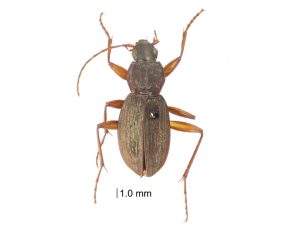
Samoan beetle (Bryanites graeffii)
Many new species that are now extinct are discovered in museums from specimens collected long ago that had not been studied or were mistakenly assigned to another species. Such was the case with a beetle collected by the Swiss naturalist Eduard Graeffe in Samoa in the 1860s, which was passed from one collection to another until it ended up in the French National Museum of Natural History in Paris. There, in 2017, it was rediscovered by Cornell University entomologist James Liebherr and assigned to a new genus, in which only two previous species were known, based on two specimens. As no other specimens of this beetle have been found, it is presumed to be extinct.
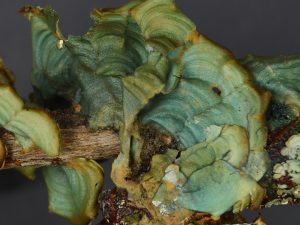
Timucua Heart Lichen (Cora timucua)
In 2020, scientists from Europe and the USA described a new species of lichen from Florida, known only from 32 museum specimens collected between 1885 and 1985. DNA analysis revealed that it was a new species, a lichen with heart-shaped lobes that grows on the bark of certain shrubs in the dry pine forests of inland Florida. Most of these forests have disappeared due to human pressure, and searches in those that still survive have failed to find it, so it is thought to be extinct. It is officially listed as critically endangered.
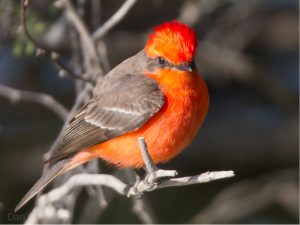
San Cristóbal Vermilion Flycatcher (Pyrocephalus dubius)
Occasionally, an observation in the wild leads to a re-analysis of museum collections, with surprising results. In 2007, Chilean ornithologist Alvaro Jaramillo spotted a vermilion flycatcher in the Galapagos Islands, a bird that is common in North and South America, but whose song sounded different from that of the Ecuadorian mainland. Thinking it might be a different species, he scoured the California Academy’s collection for old specimens of Galapagos flycatchers, and DNA analysis showed that there were two endemic species there. One, the one sighted by Jaramillo, is now very rare. But the other, found only on the island of San Cristóbal, has not been spotted since 1987 and is now considered extinct.
Javier Yanes
Comments on this publication